Optical illusions from the book Eye Benders with explanations
Some optical illusions from Clive Gifford’s book “ Eye Benders: The Science of Seeing and Believing ”, which he shared with The Guardian readers.
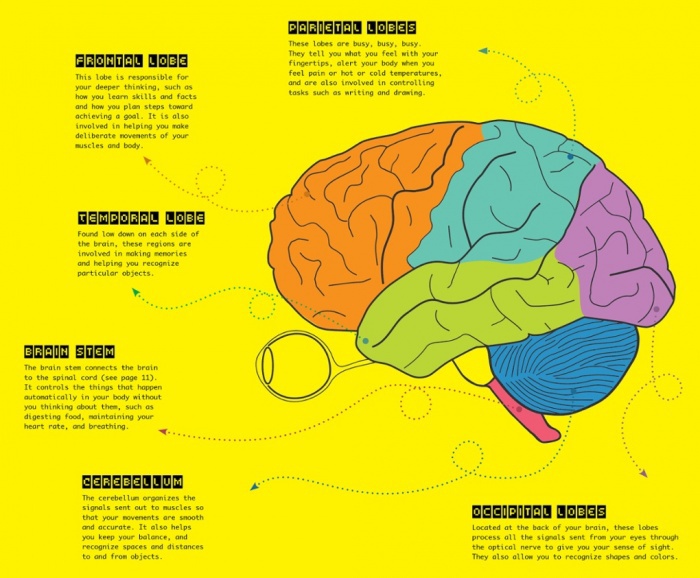
Some visual illusions are related to how the eyes work, but many are related to the way the brain processes the signals entering it.
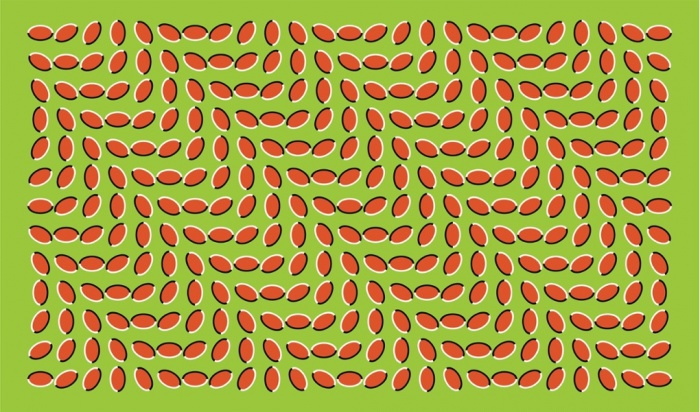
')
If you look at this picture carefully, you will feel that the leaves are moving relative to each other.

If you look closely at these fixed disks, you will find that they rotate. Usually, if you concentrate on the center of one of the disks, this imaginary movement stops. When the eyes scan the picture, move through it and try to focus on the fine details, this causes the effect of "movement."

The brain can wonderfully find patterns and fill in empty spaces in incomplete data. Including he is able to perceive such "impossible" pictures. It is very difficult to separate the elephant's legs from the background.

How many colors are used on dies on cube faces? If you counted seven (white, yellow, blue, red, green, brown and orange), then you not only found the most popular answer, you also made a mistake, like most people. In fact, there are only six colors. The center plate of the top face (which looks brown) has the same color as the center plate of the front face (which looks orange). This is impossible to believe, and you can only check using a paper with two holes or photoshop.
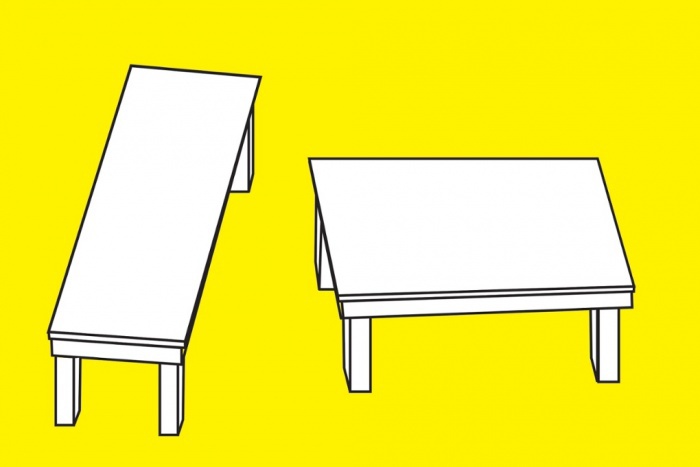
Illusion with perspective. Which of the two tables is longer? Maybe they are the same length? Measure them and be surprised.
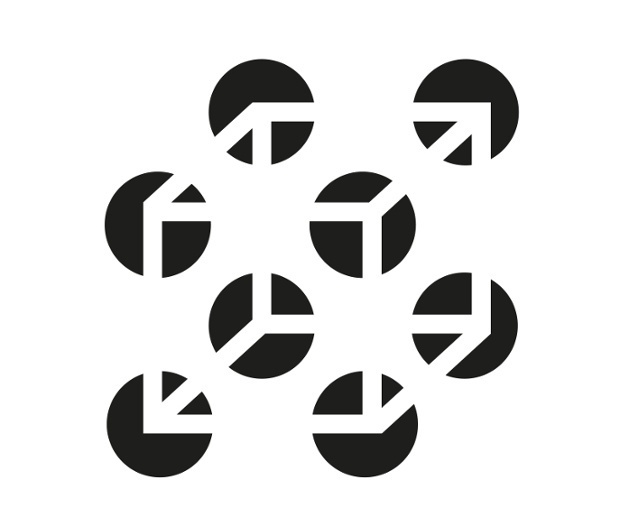
See the cube? And he is not there. Sometimes the brain tries to find familiar shapes and give the picture a meaning that goes too far. It adds edges where there is no color change, no texture change.

Which orange circle is bigger? It seems that the right - but in fact they are the same. Usually the brain does a good job with comparing the size of objects and determining the distance to them. But you can fool him.

If you look at this grid for a long time, you will notice some gray circles that appear to appear at the corners of the squares - but if you concentrate on them, they disappear. It works peripheral vision. Thus, some neurons emitting signals when stimulated with a picture of them, suppress the signals of other neurons.
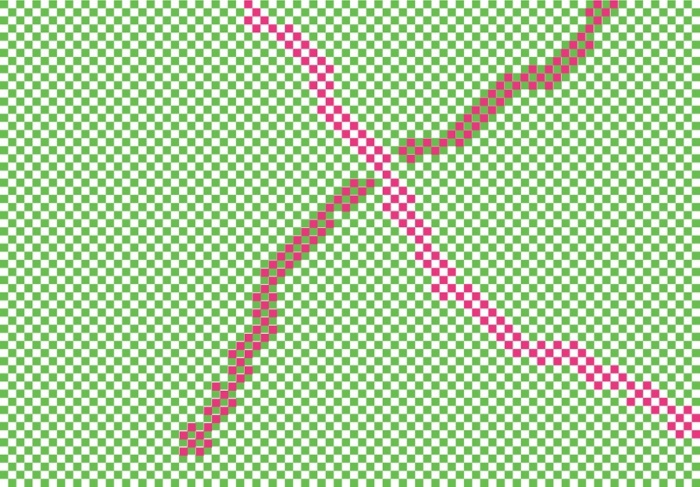
Another example of how the perception of colors can be broken with the help of the environment and the background. Lines of pink and red pixels actually contain pixels of exactly the same shade of red.

Some visual illusions are related to how the eyes work, but many are related to the way the brain processes the signals entering it.

')
If you look at this picture carefully, you will feel that the leaves are moving relative to each other.

If you look closely at these fixed disks, you will find that they rotate. Usually, if you concentrate on the center of one of the disks, this imaginary movement stops. When the eyes scan the picture, move through it and try to focus on the fine details, this causes the effect of "movement."

The brain can wonderfully find patterns and fill in empty spaces in incomplete data. Including he is able to perceive such "impossible" pictures. It is very difficult to separate the elephant's legs from the background.

How many colors are used on dies on cube faces? If you counted seven (white, yellow, blue, red, green, brown and orange), then you not only found the most popular answer, you also made a mistake, like most people. In fact, there are only six colors. The center plate of the top face (which looks brown) has the same color as the center plate of the front face (which looks orange). This is impossible to believe, and you can only check using a paper with two holes or photoshop.

Illusion with perspective. Which of the two tables is longer? Maybe they are the same length? Measure them and be surprised.

See the cube? And he is not there. Sometimes the brain tries to find familiar shapes and give the picture a meaning that goes too far. It adds edges where there is no color change, no texture change.

Which orange circle is bigger? It seems that the right - but in fact they are the same. Usually the brain does a good job with comparing the size of objects and determining the distance to them. But you can fool him.

If you look at this grid for a long time, you will notice some gray circles that appear to appear at the corners of the squares - but if you concentrate on them, they disappear. It works peripheral vision. Thus, some neurons emitting signals when stimulated with a picture of them, suppress the signals of other neurons.

Another example of how the perception of colors can be broken with the help of the environment and the background. Lines of pink and red pixels actually contain pixels of exactly the same shade of red.
Source: https://habr.com/ru/post/363265/
All Articles